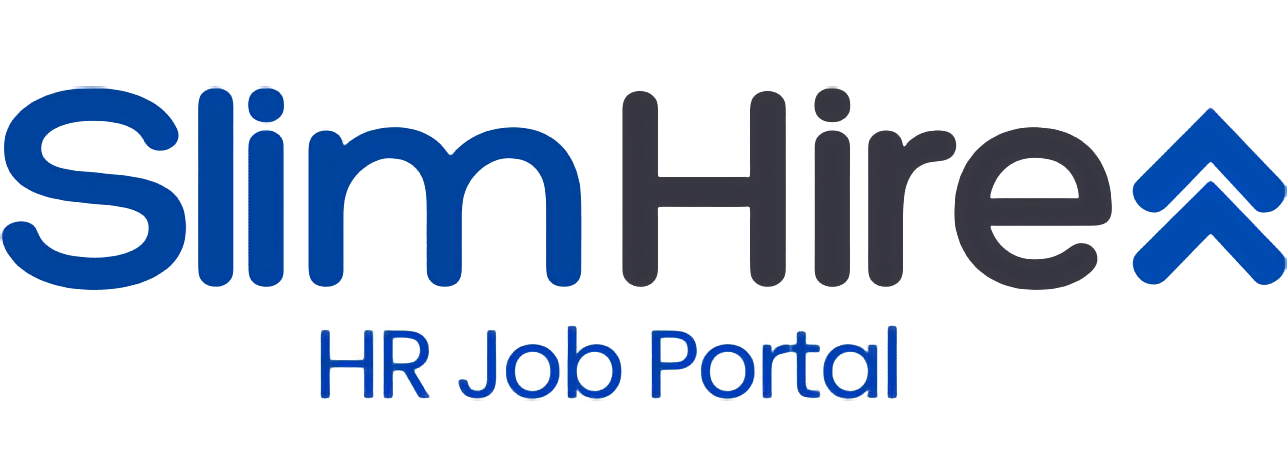How to Define a Strategic Role Scope Before Starting Executive Search
Defining a role before launching an executive search is not about creating a job description—it’s about aligning business goals with talent outcomes. For critical hires in Energy, Manufacturing, and Healthcare, skipping this step leads to mismatch, delay, or expensive replacements.
This guide outlines a practical approach to scoping an executive role strategically, so your search efforts are focused, relevant, and efficient.
1. Start with Business Drivers, Not Just Vacancy
Ask: Why is this role open or being created now? What business shift is this role meant to support?
Clarify the strategic context:
- New plant expansion (Manufacturing)
- Digital health system overhaul (Healthcare)
- Renewable transition plan (Energy)
- M&A readiness or regional restructuring
This defines what success looks like beyond daily tasks.
2. Define 3 Clear Outcomes Expected Within the First 12 Months
A good executive role scope should be framed by outcomes, not just duties. Example for a VP of HR in Manufacturing:
- Complete HR systems centralization across 3 facilities
- Reduce operator attrition from 18% to under 10%
- Build local leadership bench for 3 supervisory levels
This sets clear expectations and filters unqualified candidates quickly.
3. Clarify Role Complexity: Span, Team, Budget, Autonomy
Avoid assuming the title says it all. Spell out real scope:
- Span of control: Direct + indirect reports
- Budget responsibility: OPEX / CAPEX exposure
- Decision-making: Final authority or advisory
- Internal influence: Role in board/steering committee
This helps align candidate expectations and salary positioning.
4. Align Reporting Structure and Internal Politics
Many executive roles fail due to unclear or unstable reporting lines.
Check:
- Will this person report to a CEO, BU head, or dotted-line to group?
- Are there overlapping roles nearby (e.g., regional vs. country head)?
- Any political landmines or predecessor baggage?
If it’s confidential, decide how to frame the role during sourcing.
5. Identify Real Must-Haves vs. Flexible Criteria
Avoid job description inflation. Keep it real:
- Must have operated in unionized site? Or just desirable?
- Experience in hospital HR? Or general healthcare exposure enough?
- Lean Six Sigma Black Belt required, or just familiarity?
This will prevent excluding high-value candidates on paper.
6. Determine the Talent Source Pool Early
Define: Are we seeking someone from a direct competitor? Or from an adjacent sector with similar complexity?
Example for Healthcare HR Director:
- Acceptable sources: Pharma HR, hospital chains, digital health
- Excluded sources: Non-regulated admin-heavy sectors
If it’s a relocation role, define talent geography tolerance (local, national, SEA).
7. Decide the Level of Discretion and Branding
If the role is confidential, pre-plan how much can be disclosed:
- Will the company name be shared upfront?
- Can we reference the division or parent group?
- Can we mention market position or future plans?
Work with legal and internal comms early to avoid delays during sourcing.
8. Build a Role One-Pager
After defining the scope, summarize everything into a Role One-Pager:
- Strategic goal behind the hire
- 3 main business outcomes expected
- Team/budget/reporting line
- Must-have qualifications
- Cultural profile and red flags
- Timeline and search milestones
This will guide both internal alignment and external search partners.
Final Thoughts
A sharply scoped executive role saves weeks of unproductive search work, misaligned interviews, and stakeholder frustration. For high-stakes industries like Energy, Manufacturing, and Healthcare, the upfront clarity becomes your competitive advantage.
